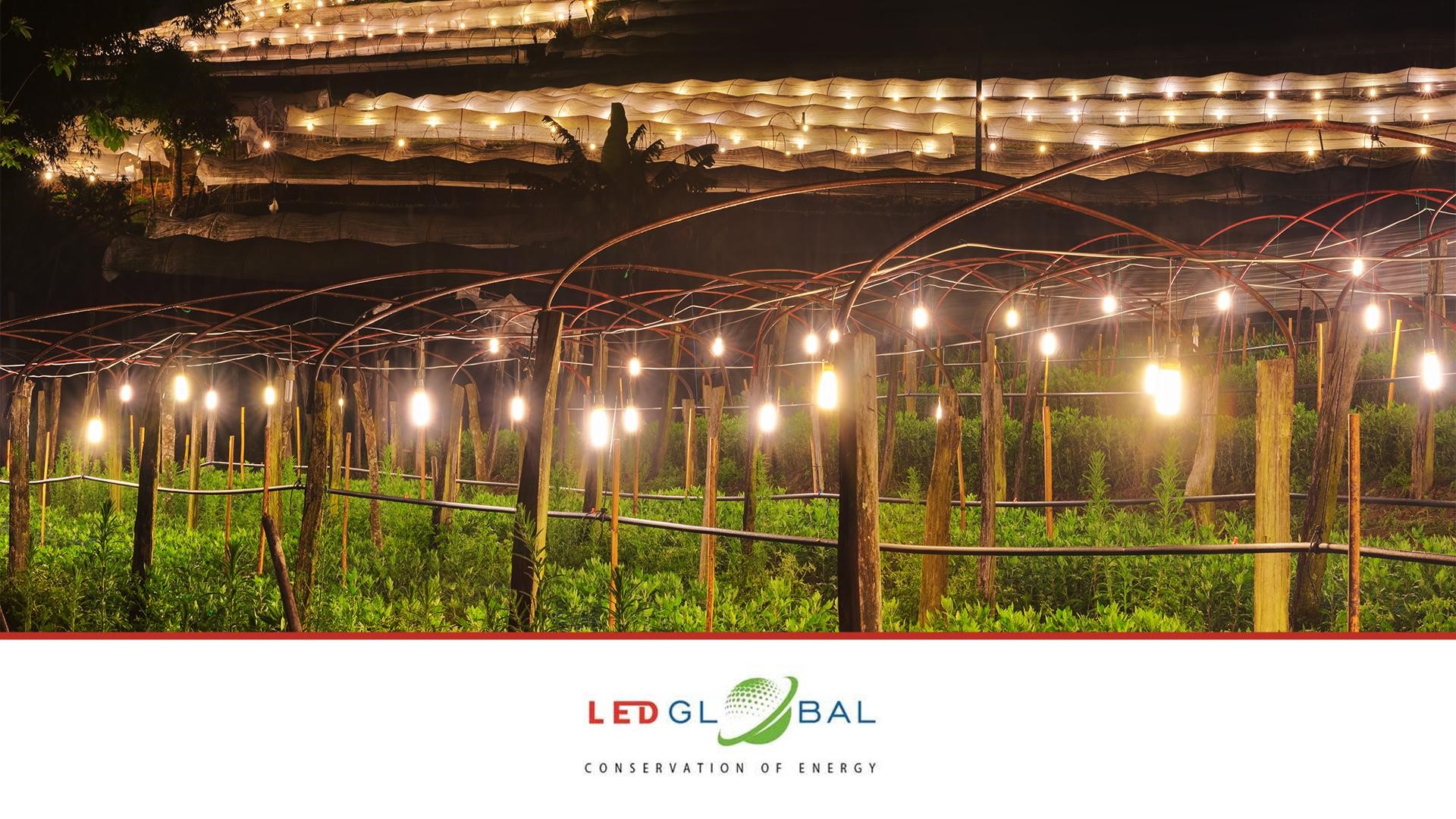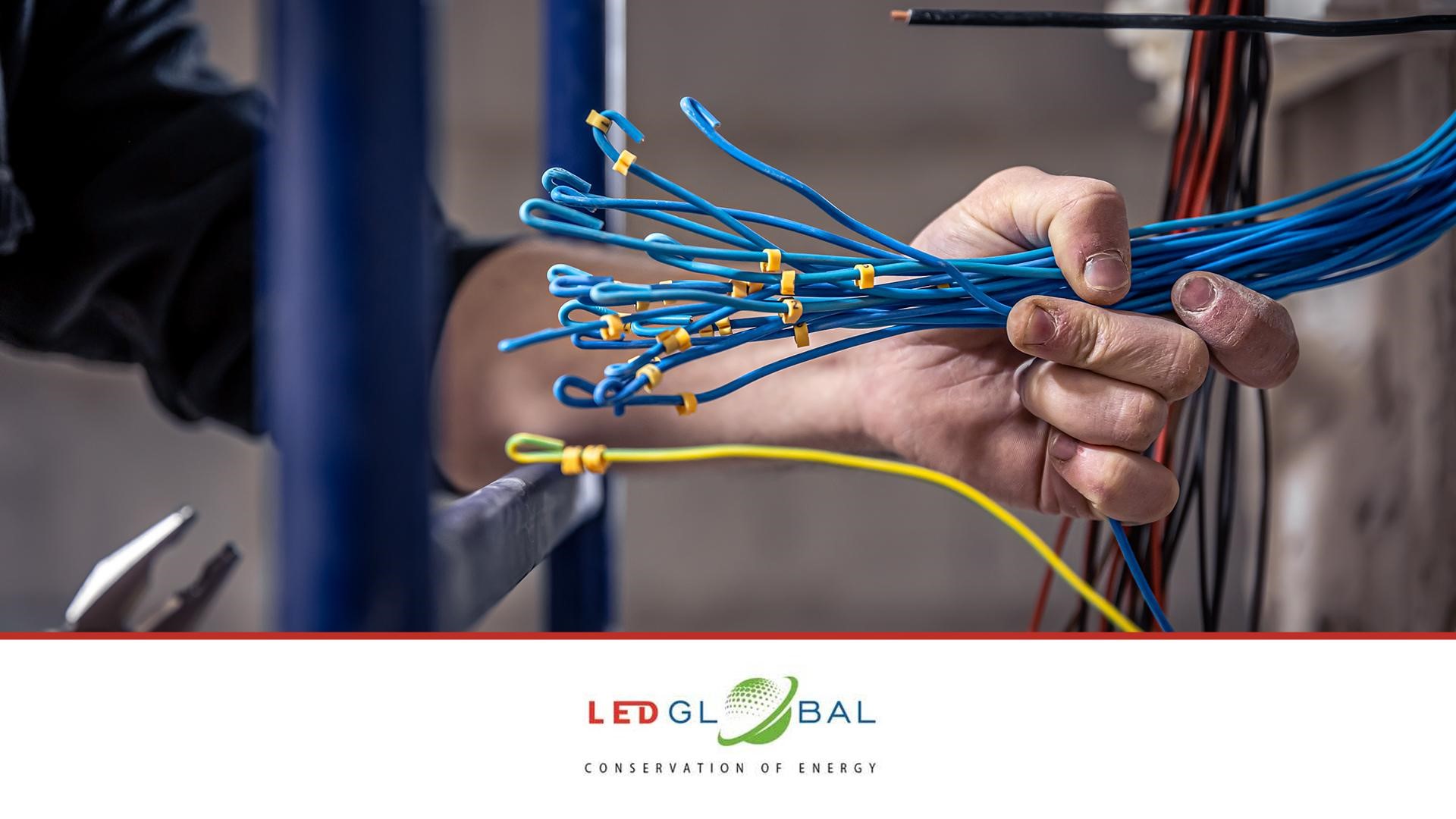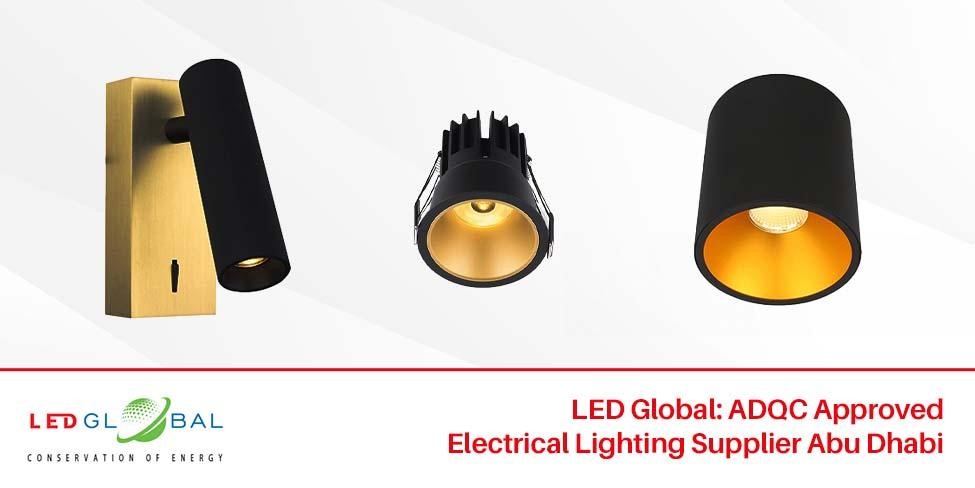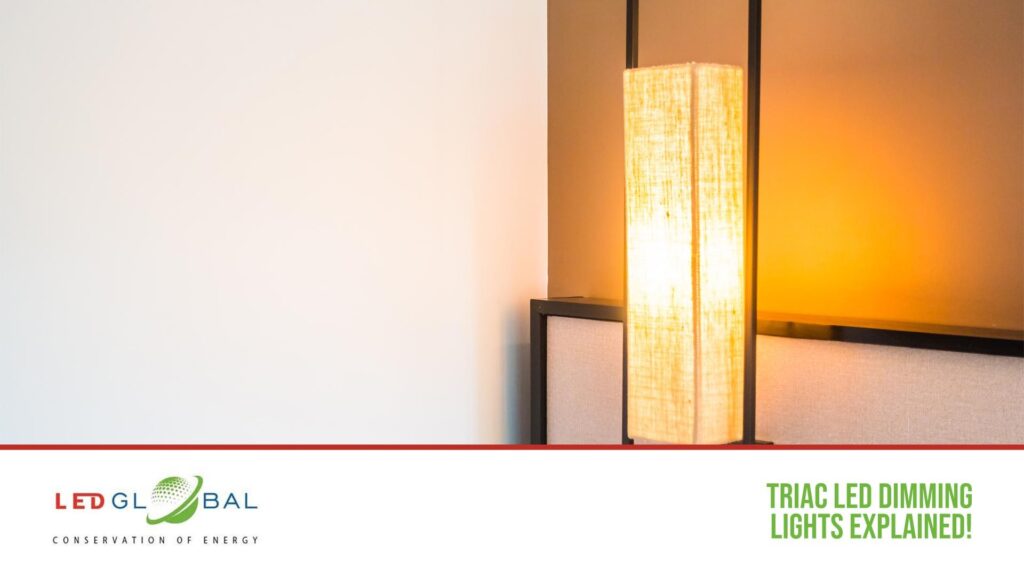The evolution of lighting technology throughout history is truly remarkable. From basic oil lamps used by ancient societies to the advanced LED systems we have today, this transition demonstrates humankind’s ongoing pursuit of improved lighting solutions that are more effective, sustainable and versatile enough to meet various requirements.
The Evolution of Lighting Technology
Introducing artificial light sources, such as oil lamps and candles, was groundbreaking. Despite their simplicity, these early forms of lighting could have been more efficient and posed safety hazards. Gas lighting in the 19th century significantly improved, offering brighter and more reliable light. However, Thomas Edison’s invention of the incandescent bulb in 1879 truly transformed how we illuminate our homes and streets.
The 20th century saw further progress with the creation of fluorescent lights, which were more efficient and had a longer lifespan than incandescent bulbs. Nevertheless, the emergence of Light Emitting Diode (LED) technology in recent years has opened up a new chapter in lighting history. LEDs are highly energy-efficient, durable, and versatile, making them an excellent choice for various residential and commercial lighting needs.
Why Narrow Beam LED Lights Stand Out
In the realm of LED lighting options, narrow beam LED lights stand out due to their unique characteristics. Unlike traditional LEDs that spread light across a wide area, narrow beam LEDs concentrate light into a precise, focused beam. This feature allows for better control over the direction and intensity of the light, making them well-suited for applications that demand targeted illumination.
One of the primary benefits of narrow beam LED lights is their capacity to deliver robust and focused lighting without unnecessary energy consumption. This quality makes them particularly suitable for environments where precision is essential, such as in stage lighting, where a focused beam can illuminate performers without casting light where it is not needed. Furthermore, these lights can highlight specific products in retail environments, enhancing their visual appeal.
Additionally, narrow beam LEDs contribute to energy efficiency and environmental friendliness. Directing light precisely to the required areas reduces the energy needed to achieve the desired lighting effects. This leads to lower energy costs and decreases the environmental impact of lighting systems.
What Are Narrow Beam LED Lights?
Narrow beam LED lights are a unique form of LED lighting created to emit a concentrated and focused beam of light. In contrast to regular LED lights that disperse light across a broad area, narrow beam LEDs concentrate light in a precise direction, making them perfect for tasks that demand accurate illumination.
Definition and Key Characteristics
LED lights with a narrow beam are known for their capacity to emit light in a concentrated way, typically with a beam angle of under 25 degrees. This focused beam enables them to deliver powerful illumination to a specific area, making them advantageous in situations that require precision.
Key characteristics of narrow beam LED lights include:
– High Intensity: Due to the concentrated nature of the beam, these lights deliver a high level of brightness to a targeted spot, enhancing visibility and detail.
– Energy Efficiency: Like all LED lights, narrow beam LEDs are highly energy-efficient, consuming less power while providing superior illumination compared to traditional lighting solutions.
– Durability: These lights are built to last, often boasting lifespans of tens of thousands of hours, which reduces the need for frequent replacements.
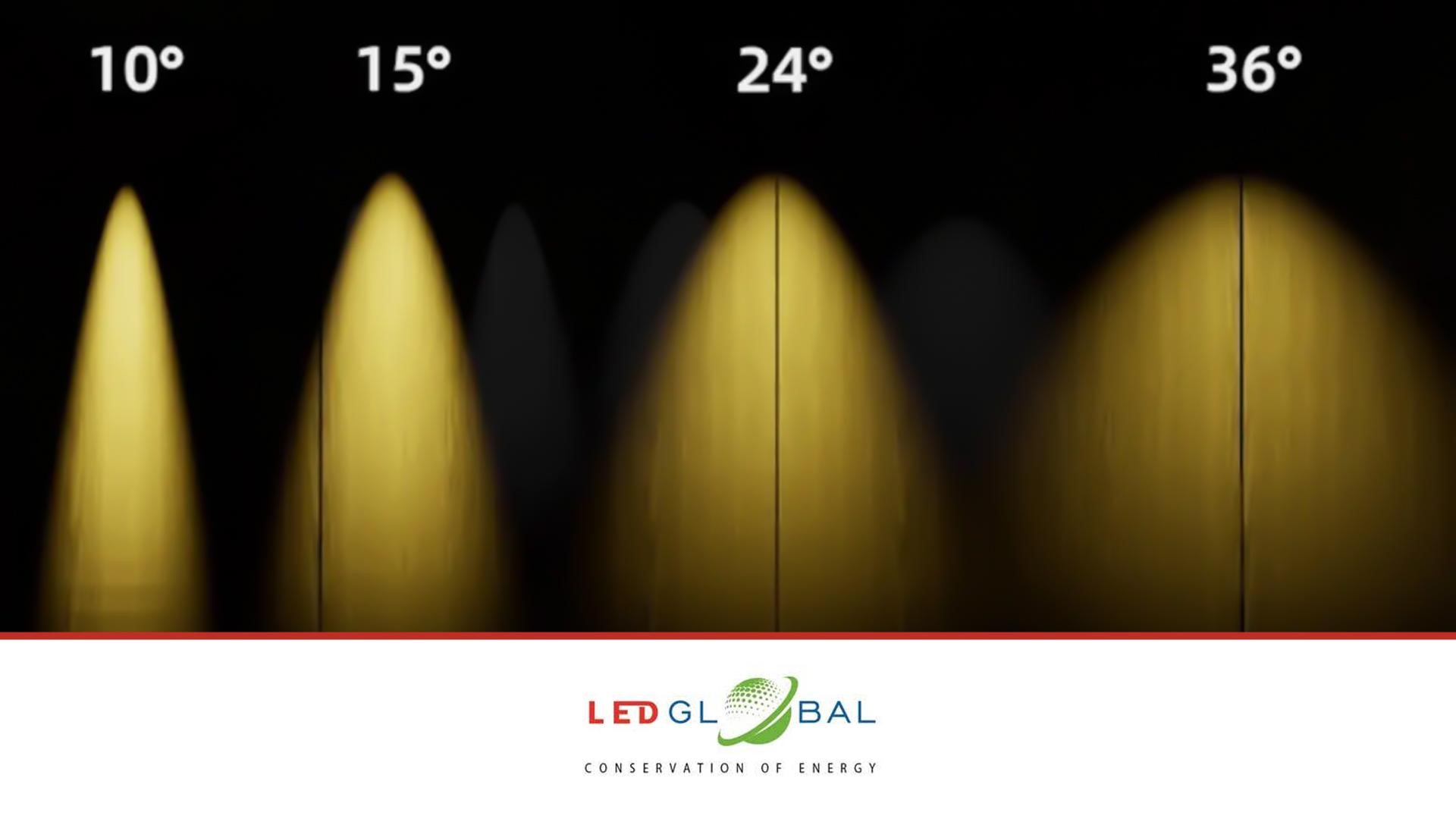
Technical Specifications: Beam Angles and Intensity
The angle of the beam is a critical factor for narrow beam LED lights as it determines the direction in which light is emitted. Typically ranging between 4 and 25 degrees for narrow beam LEDs, a smaller angle results in a more concentrated and powerful light beam. For example, a beam angle of 4 degrees can produce a highly focused beam suitable for long-distance lighting needs, such as in spotlights or stage lighting.
Narrow beam LEDs generally have higher lumen outputs within their focused area than wider beam LEDs, making them ideal for bright, directional lighting without excessive light spillage.
In general, narrow beam LED lights are superb for tasks requiring accuracy and effectiveness, including architectural lighting, theatre spotlighting, workshop task lighting, and focused displays in retail settings. Their exceptional capability to blend intense illumination with energy efficiency makes them a remarkable choice in contemporary lighting technology.
Advantages of Narrow Beam LED Lights
Narrow beam LED lights have revolutionized the lighting industry by providing numerous advantages that set new standards for illumination in different sectors. Here is an in-depth analysis of the main benefits they offer:
Energy Efficiency and Cost Savings
Narrow beam LED lights offer remarkable energy efficiency, standing out among traditional lighting sources like incandescent or fluorescent bulbs. These LEDs convert a larger portion of energy into visible light, reducing heat wastage.
As a result, significant savings on electricity bills can be achieved, particularly in extensive commercial and industrial environments where lighting expenses are substantial. Additionally, narrow beam LEDs frequently feature sophisticated control options like dimming and zoning, enabling precise light output management for enhanced energy utilization.
Enhanced Precision and Focused Illumination
Narrow beam LED lights are distinguished by their exceptional capability to provide concentrated and directed lighting. With a beam angle usually between 10 to 30 degrees, these lights are perfect for situations demanding accurate light control and focused brightness.
Narrow beam LEDs are frequently employed in architectural settings to accentuate specific features of a building’s facade, in commercial settings to elevate product showcases, and in outdoor spaces to efficiently illuminate pathways. The accuracy of these LEDs ensures that light is precisely directed to the intended area, reducing any unnecessary dispersion.
Longevity and Durability
Narrow beam LED lights offer a remarkable advantage in terms of longevity and durability. While traditional light sources need frequent replacements due to their short lifespans, LEDs can last tens of thousands of hours, with some even exceeding 50,000 hours of continuous use.
This extended lifespan not only cuts down on maintenance expenses related to bulb changes but also decreases downtime and interruptions, especially in crucial settings where continuous lighting is critical. Additionally, narrow beam LEDs are inherently tough and can withstand shock, vibration, and temperature changes, making them ideal for harsh outdoor environments where reliability is key.
Applications of Narrow Beam LED Lights
Narrow beam LED lights have discovered a wide range of significant uses in different sectors, providing unmatched accuracy, effectiveness, and adaptability. Let’s delve into a few crucial domains where narrow beam LEDs excel:
Spotlighting in Theatrical Productions
Lighting is crucial in theatrical shows, establishing the atmosphere, showcasing actors, and crafting engaging visual spectacles. Narrow beam LED lights are commonly employed for spotlighting tasks because they can accurately light up particular performers, props, or stage sections with concentrated brightness.
From casting striking shadows to producing impactful effects or highlighting pivotal moments in a show, narrow beam LEDs offer lighting designers the versatility and precision required to realize their artistic concepts.
Architectural and Landscape Lighting
Architectural and landscape lighting necessitates a careful equilibrium between functionality and aesthetics to elevate the visual attractiveness of structures, monuments, and outdoor areas while also delivering useful illumination.
Narrow beam LED lights stand out in this aspect as they accurately manage light direction and intensity, enabling designers to showcase architectural elements, emphasize textures, and shape the nighttime atmosphere with intricate precision, whether brightening towering skyscrapers, historic sites, or verdant gardens, narrow beam LEDs contribute depth, theatricality, and charm to any architectural or landscape environment.
Task Lighting in Workshops and Studios
Task lighting is crucial in workshops, studios, and industrial settings where precision is crucial. It ensures optimal visibility and productivity. Narrow beam LED lights are ideal for task lighting applications due to their focused illumination and glare-free output. These lights minimize eye strain and fatigue during intricate tasks like crafting, machining, and assembly.
Whether mounted on adjustable fixtures or integrated into overhead lighting systems, narrow beam LEDs offer artisans, craftsmen, and technicians the clarity and consistency required to work precisely and confidently.
Off-Road and Automotive Uses
Off-road enthusiasts and automotive enthusiasts both depend on durable, high-performance lighting solutions to navigate difficult terrain and improve the appearance of their vehicles. Narrow beam LED lights are a favored option for off-road vehicles, trucks, and motorcycles because of their powerful brightness, long-distance visibility, and compact design.
Whether they are mounted on bumpers, roll cages, or roof racks, narrow beam LEDs offer drivers exceptional illumination for nighttime off-roading escapades, trail exploration, and outdoor journeys, guaranteeing safety and assurance in any driving condition.
Retail and Display Lighting
Proper lighting must be considered in retail. It can entice customers, showcase products, and provide an immersive shopping experience. Retailers often rely on narrow beam LED lights for their retail and display lighting needs.
These lights are specifically designed to highlight products, draw attention to promotional displays, and enhance visual merchandising strategies. Whether it’s a fashion boutique, jewelry store, or showroom floor, narrow beam LEDs provide retailers with the freedom to adjust lighting intensity, color temperature, and beam angles. This allows them to create captivating showcases that truly captivate and engage shoppers.
Choosing the Right Narrow Beam LED Light
Choosing the ideal narrow beam LED light requires careful evaluation of various essential aspects to guarantee top-notch performance and suitability with particular needs. Here is a comprehensive manual to assist you in making a well-informed choice.
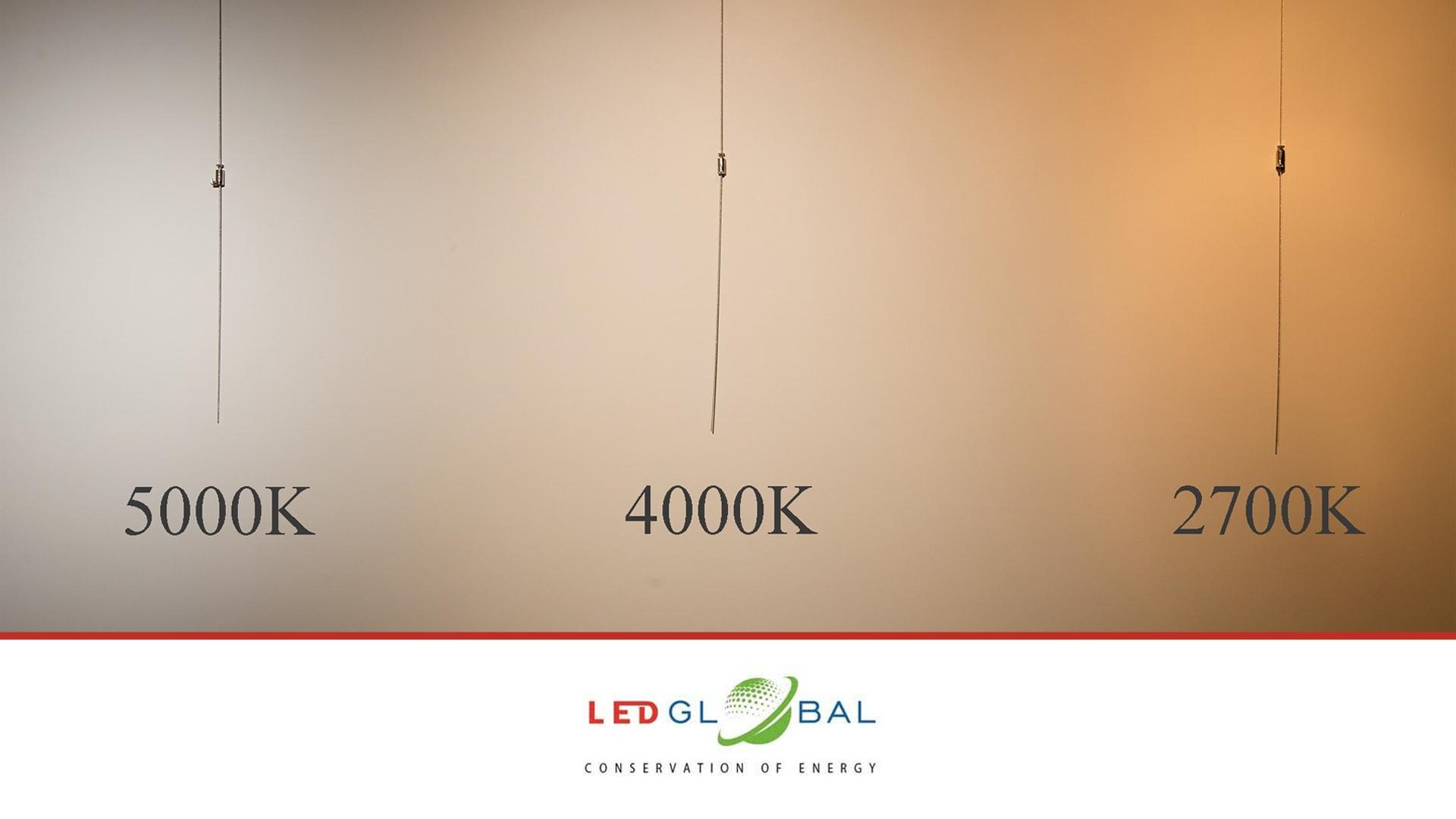
Factors to Consider: Lumens, Beam Angle, Color Temperature
Lumens: When choosing a narrow beam LED light, the lumen output is essential, as it determines the level of brightness. Ensuring that the lumens align with the specific lighting requirements of the intended application is crucial. For example, higher lumens are ideal for accent lighting, whereas lower lumens are sufficient for task-oriented illumination.
Beam Angle: The spread and direction of light are determined by the beam angle. LED lights with narrow beams usually have angles between 10 and 30 degrees, offering concentrated lighting. It is important to consider the coverage area and precision of lighting when choosing the right beam angle for your specific needs.
Color Temperature: The color temperature of lighting plays a significant role in setting the ambience and visual appeal. Narrow beam LEDs come in various color temperatures, from warm (e.g., 2700K-3000K) to cool (e.g., 5000K-6500K). It is important to select a color temperature that enhances the surroundings and creates the desired mood or aesthetic impact.
Comparison with Other Lighting Options
In contrast to conventional lighting choices like incandescent or fluorescent bulbs, narrow beam LED lights present numerous benefits. They are considerably more energy-efficient, consuming less power while providing the same or even better levels of brightness. Furthermore, narrow beam LEDs have a lengthier lifespan, resulting in reduced maintenance expenses and less downtime caused by frequent bulb changes.
Furthermore, narrow beam LEDs offer accurate and focused illumination, minimizing light spillage and maximizing lighting effectiveness. Their small size and adaptability make them suitable for various applications, including architectural and landscape lighting, task-oriented lighting, and automotive lighting.
Installation and Maintenance Tips
Proper installation and maintenance are crucial for maximizing the performance and lifespan of narrow beam LED lights. Here are some best practices to follow:
Best Practices for Installing Narrow Beam LEDs
1. Positioning: Take into consideration various factors, including beam angle, mounting height, and fixture orientation, in order to carefully strategize the placement of narrow beam LED lights. This will help you achieve the desired lighting effect and coverage while ensuring optimal illumination without any unwanted glare or shadows.
2.Secure Mounting: It is important to securely mount narrow beam LED fixtures onto stable surfaces using the correct mounting hardware to avoid any vibrations or movement that may impact the alignment and functionality of the lights.
3.Wiring and Connections: Adhere to the manufacturer’s instructions for wiring and electrical connections in order to avoid damage and guarantee safety. Employ appropriate wiring methods, like soldering or utilizing waterproof connectors, to establish dependable connections that can endure various environmental conditions.
4.Environmental Considerations: Consider the environmental factors of the location where the narrow beam LEDs are to be placed. Select fixtures with suitable IP ratings to endure dust, moisture, and various elements. If needed, add protective covers or enclosures, particularly in outdoor or rugged industrial settings.
Maintenance Guidelines to Maximize Lifespan
1. Regular Cleaning: To ensure optimal performance and prevent overheating, it is essential to maintain the cleanliness of narrow beam LED lights by keeping them free of dust, dirt, and debris. Whenever necessary, gently wipe the fixtures and lenses using a soft, dry cloth or a mild cleaning solution.
2. Inspection and Testing: Regularly examine narrow beam LED lights for any indications of harm, deterioration, or operational issues. Verify the functionality of the lights to guarantee they are operating properly and emitting the anticipated brightness and color temperature.
3. Replace Faulty Components: In case any parts of the narrow beam LED lights, like LEDs, drivers, or lenses, are broken or not working properly, it is advisable to replace them promptly in order to avoid additional problems and extend the longevity of the fixtures.
4. Scheduled Maintenance: Implement a regular maintenance timetable for the examination, cleaning, and upkeep of narrow beam LED lights. Plan regular maintenance activities like replacing lamps, adjusting positions, and recalibrating to resolve any issues and ensure optimal performance of the lights.
Conclusion
Lighting technology has significantly advanced, transitioning from bare oil lamps to cutting-edge LEDs. Among these innovations, narrow beam LEDs have emerged as the frontrunners, offering efficient, sustainable, and adaptable lighting solutions.


